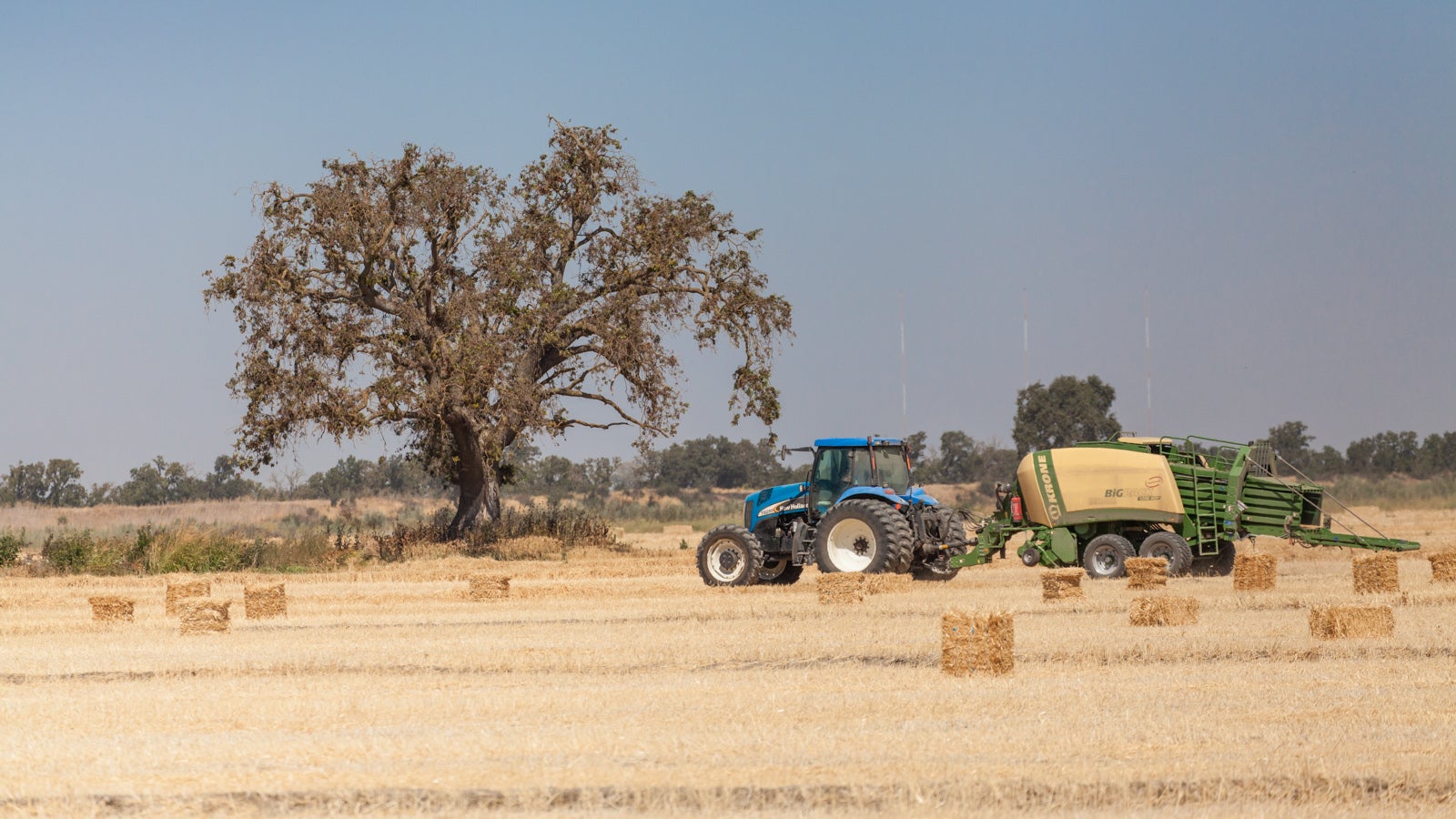Ranchers and other private landowners have a critical role to play in conserving wildlife like the greater sage-grouse, which could face listing under the Endangered Species Act in 2015.
Home to nearly half of the greater sage-grouse’s remaining habitat, Wyoming is a landscape critical to the recovery of the species. A full 40 percent of the bird’s habitat in the state is privately held. Therefore, common sense solutions are needed to reward ranchers and other private landowners for conservation actions that protect vital habitat.
A rural, working landscape
Private lands in the West are often found near water, as ranches and other homesteaders put down stakes where they had ready access to water. For similar reasons, these areas are also critically important to wildlife.













